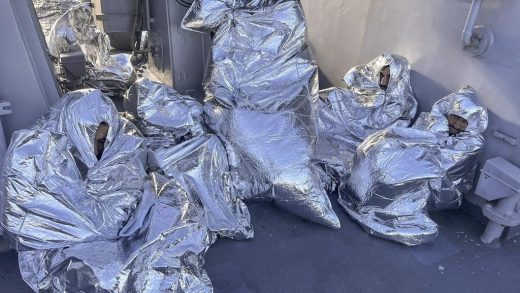
SUPPLIED
The remains of the Makomako hut.
Seven Department of Conservation huts and one bivvy are reported to have been burnt down in Te Urewera National Park.
Police confirmed Saturday they are investigating, and that the fires are believed to have occurred sometime between November 19 and 29.
“The circumstances of the fires are yet to be determined, and an investigation is ongoing,” a statement said Saturday.
There has been controversy surrounding the huts and there is currently a High Court injunction in place to prevent huts being removed from the park.
READ MORE:
* How huts and bridges in Te Urewera fell into a state of disrepair
supplied
The Makomako hut, one of the facilities said to have been found destroyed this week. (File photo)
A spokesperson from Te Uru Taumatua (TUT), the Tūhoe organisation, which was forced to stop the hut removals, said: “Te Uru Taumatua is abiding by the current interim order of the High Court from November that no huts be removed from Te Urewera pending a substantive hearing on the matter.”
The first report TUT had of burnings came from a trapper contracted by TUT as part of pest control in Waimana Valley. They saw a hut was “burnt down” and notified TUT staff on Tuesday morning.
A TUT kaimahi (worker) had confirmed this and the Department of Conservation was informed.
Apart from this “TUT has no firsthand knowledge of the subsequent reports” of huts being destroyed.
The spokesperson said TUT’s earlier removal of huts had involved “methodical deconstruction with burning as only one part of the process, and was carried out subject to strict health and safety procedures by supervised teams in appropriate weather”.
SUPPLIED
The destroyed Taurawharana hut.
A local environmentalist and former DOC worker in Te Urewera, Pete Shaw, said on Saturday that the hut seen on Tuesday was the Otamatuna Hutt.
Then on Wednesday, he said, a group of hunters flew to the Tataweka Hut at the head of the Waioeka River. “And it wasn’t there. It was a pile of ashes.”
Subsequently, a helicopter flight over the area on Thursday had spotted another six huts destroyed, Shaw said.
They were the Koaunui, Makomako, Tauawharona, Pakoakoa and Mosens huts, as well as the Otane bivvy.
Shaw said all eight were DOC facilities.
He said Otamatuna, Pakoakoa and Mosens facilities were specifically for supporting biodiversity, not public use.
A former pilot who was a passenger on the Thursday flight, Robert Fleming of Waimana, confirmed Shaw’s information about what they had seen but did not want to make further comment.
SUPPLIED
Mainly ashes is all that is left of the Tataweka hut in Te Urewera.
SUPPLIED
The remnants of the Pakoakoa biodiversity hut.
SUPPLIED
What’s left of the Otamatuna biodiversity hut.
SUPPLIED/Times
The destroyed Otane Hut.
SUPPLIED
What is left of the Mosens biodiversity hut


